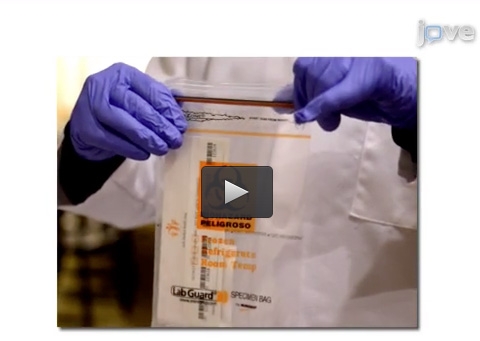Okechukwu CA, Kelly EL, Bacic J, DePasquale N, Hurtado DA, Kossek EE, Sembajwe G.
Supporting employees' work-family needs improves health care quality: Longitudinal evidence from long-term care. Social Science & Medicine. 2016;157 :111 - 119.
Publisher's VersionAbstract
Abstract We analyzed qualitative and quantitative data from U.S.-based employees in 30 long-term care facilities. Analysis of semi-structured interviews from 154 managers informed quantitative analyses. Quantitative data include 1214 employees' scoring of their supervisors and their organizations on family supportiveness (individual scores and aggregated to facility level), and three outcomes: (1), care quality indicators assessed at facility level (n = 30) and collected monthly for six months after employees' data collection; (2), employees' dichotomous survey response on having additional off-site jobs; and (3), proportion of employees with additional jobs at each facility. Thematic analyses revealed that managers operate within the constraints of an industry that simultaneously: (a) employs low-wage employees with multiple work-family challenges, and (b) has firmly institutionalized goals of prioritizing quality of care and minimizing labor costs. Managers universally described providing work-family support and prioritizing care quality as antithetical to each other. Concerns surfaced that family-supportiveness encouraged employees to work additional jobs off-site, compromising care quality. Multivariable linear regression analysis of facility-level data revealed that higher family-supportive supervision was associated with significant decreases in residents' incidence of all pressure ulcers (−2.62%) and other injuries (−9.79%). Higher family-supportive organizational climate was associated with significant decreases in all falls (−17.94%) and falls with injuries (−7.57%). Managers' concerns about additional jobs were not entirely unwarranted: multivariable logistic regression of employee-level data revealed that among employees with children, having family-supportive supervision was associated with significantly higher likelihood of additional off-site jobs (RR 1.46, 95%CI 1.08–1.99), but family-supportive organizational climate was associated with lower likelihood (RR 0.76, 95%CI 0.59–0.99). However, proportion of workers with additional off-site jobs did not significantly predict care quality at facility levels. Although managers perceived providing work-family support and ensuring high care quality as conflicting goals, results suggest that family-supportiveness is associated with better care quality.
Okechukwu CA, Bacic J, Velasquez E, Hammer LB.
Marginal structural modelling of associations of occupational injuries with voluntary and involuntary job loss among nursing home workers. Journal of Occupational and Environmental Medicine. 2016.
Publisher's VersionAbstract
Objectives Qualitative studies have highlighted the possibility of job loss following occupational injuries for some workers, but prospective investigations are scant. We used a sample of nursing home workers from the Work, Family and Health Network to prospectively investigate association between occupational injuries and job loss.
Methods We merged data on 1331 workers assessed 4 times over an 18-month period with administrative data that include job loss from employers and publicly available data on their workplaces. Workers self-reported occupational injuries in surveys. Multivariable logistic regression models estimated risk ratios for the impact of occupational injuries on overall job loss, whereas multinomial models were used to estimate OR of voluntary and involuntary job loss. Use of marginal structural models allowed for adjustments of multilevel lists of confounders that may be time varying and/or on the causal pathway.
Results By 12 months, 30.3% of workers experienced occupational injury, whereas 24.2% experienced job loss by 18 months. Comparing workers who reported occupational injuries to those reporting no injuries, risk ratio of overall job loss within the subsequent 6 months was 1.31 (95% CI 0.93 to 1.86). Comparing the same groups, injured workers had higher odds of experiencing involuntary job loss (OR 2.19; 95% CI 1.27 to 3.77). Also, compared with uninjured workers, those injured more than once had higher odds of voluntary job loss (OR 1.95; 95% CI 1.03 to 3.67), while those injured once had higher odds of involuntary job loss (OR 2.19; 95% CI 1.18 to 4.05).
Conclusions Despite regulatory protections, occupational injuries were associated with increased risk of voluntary and involuntary job loss for nursing home workers.

